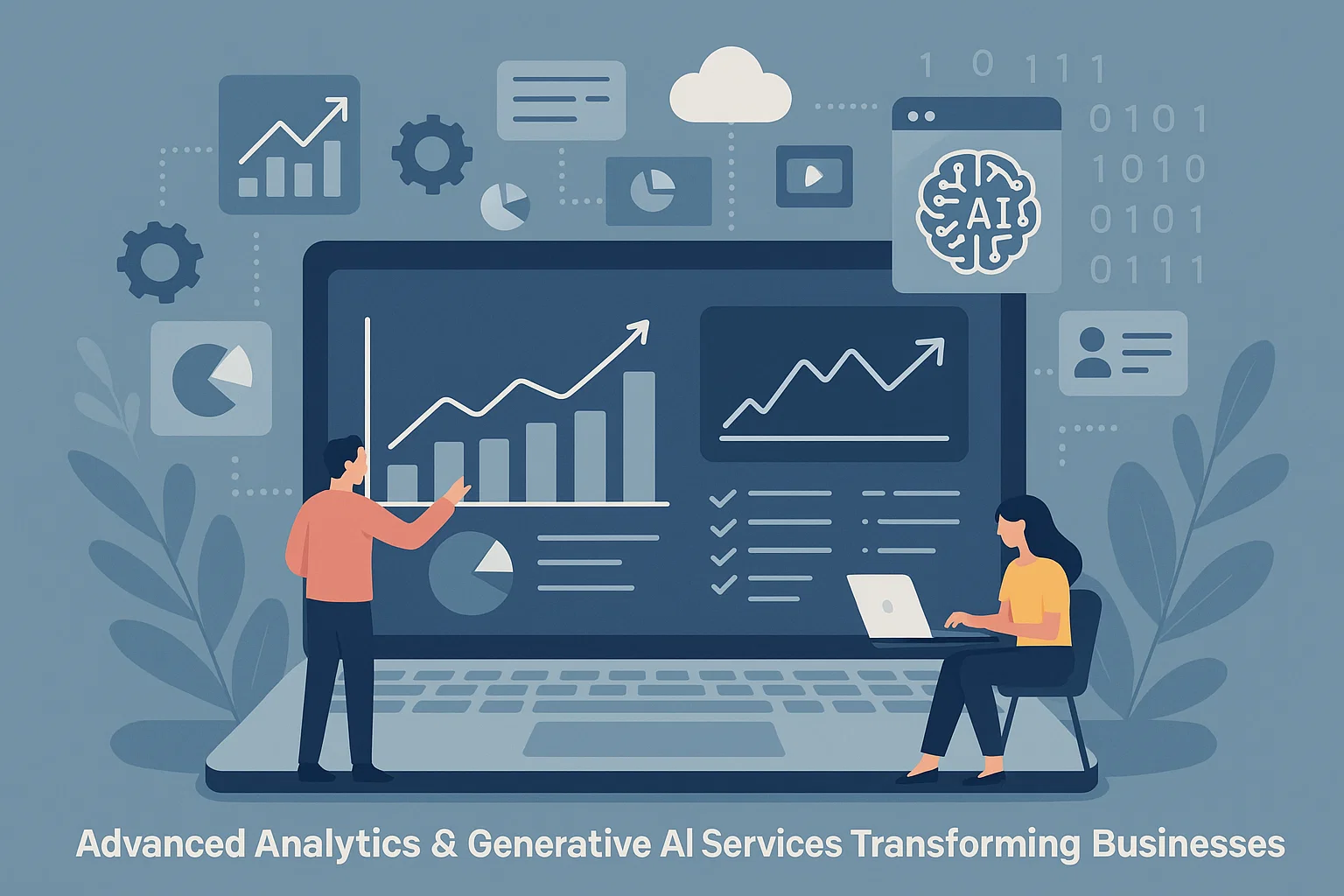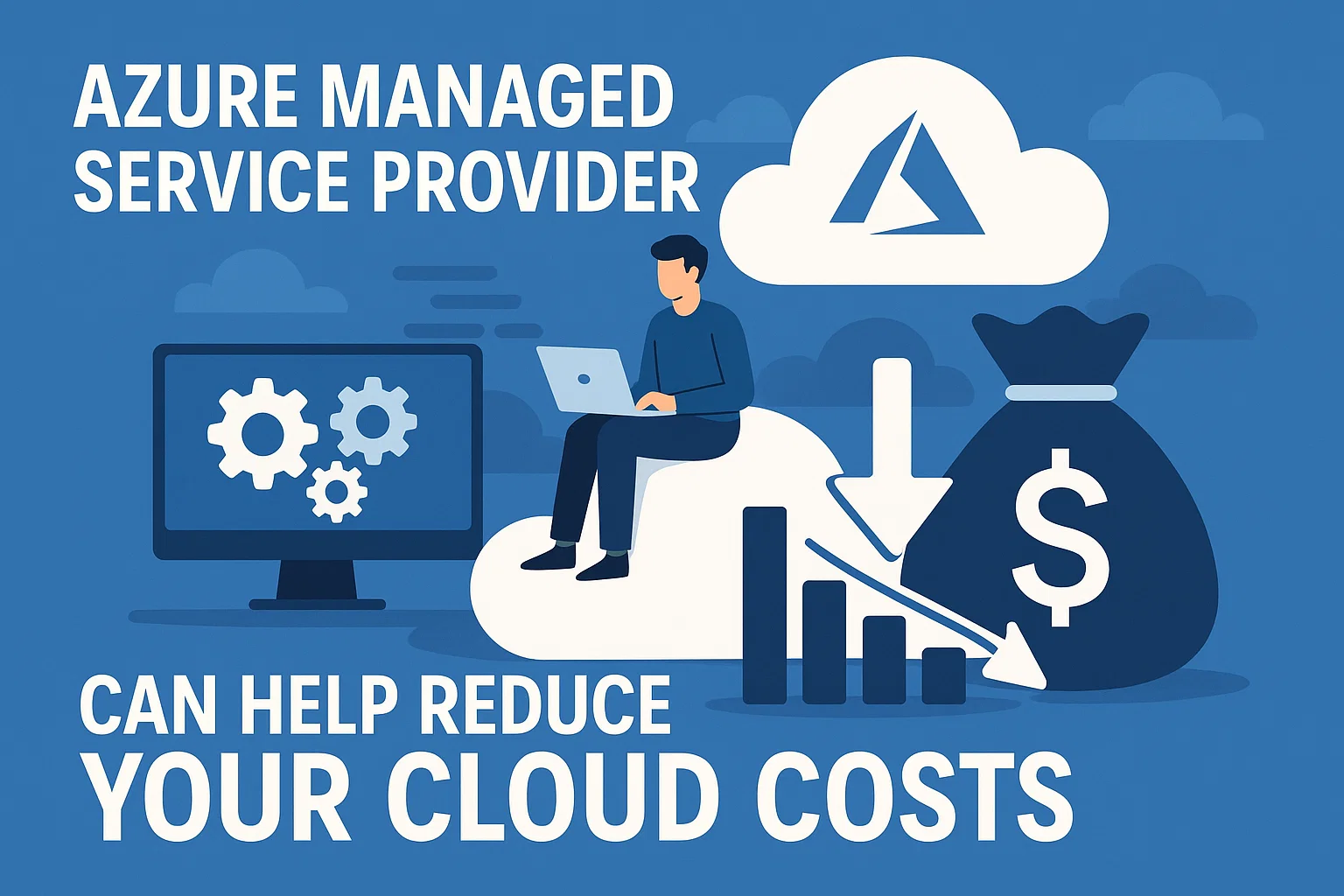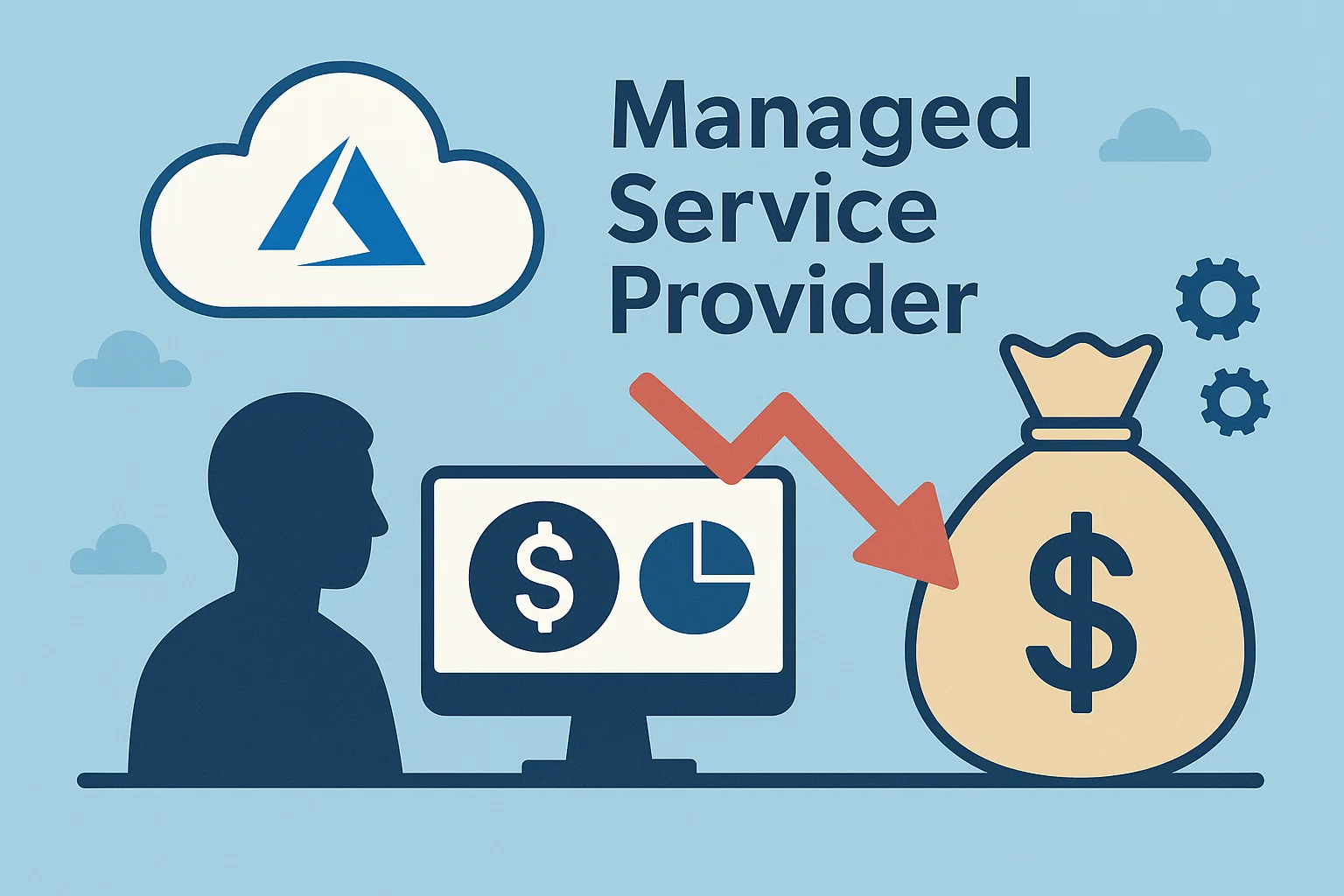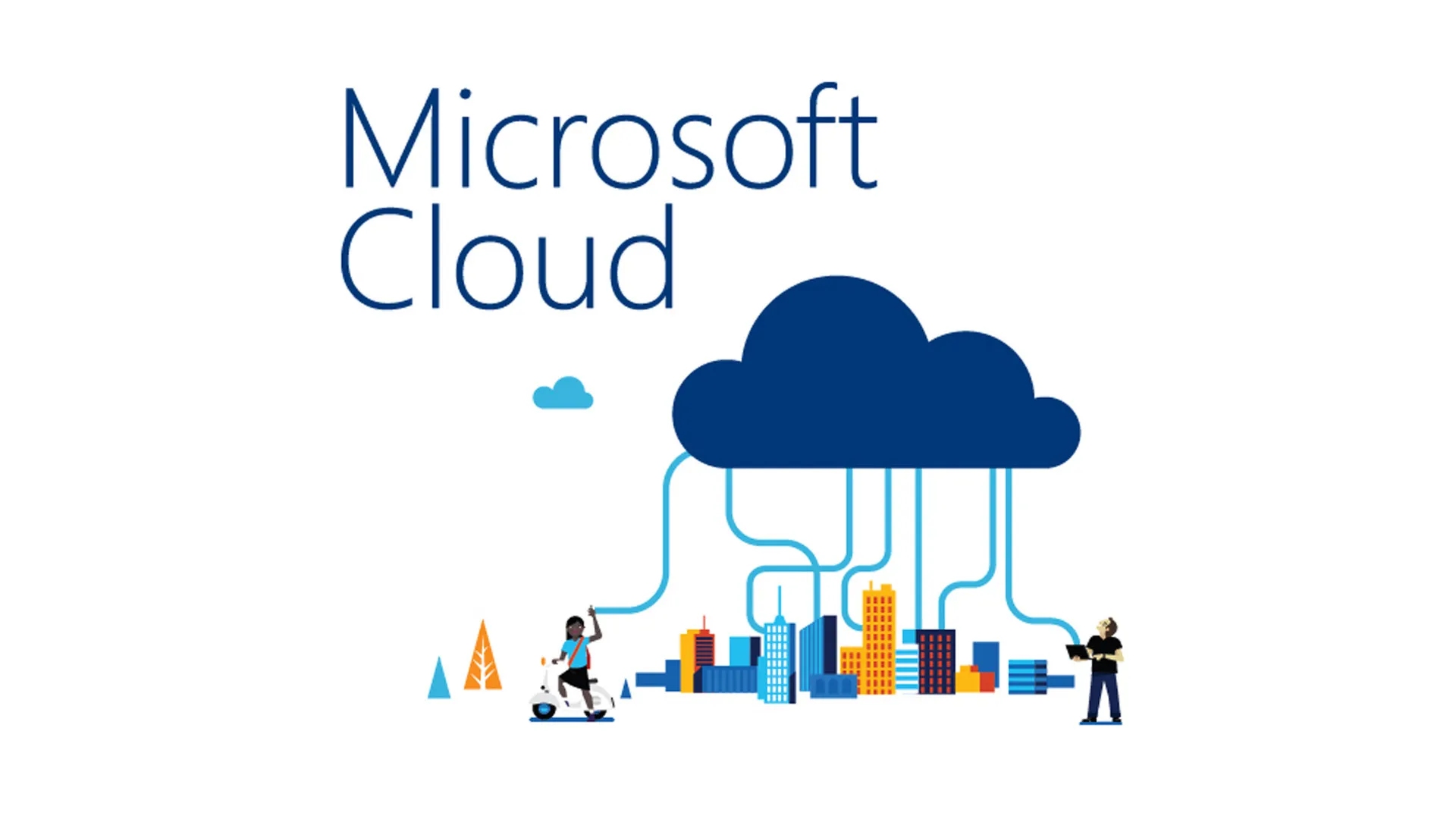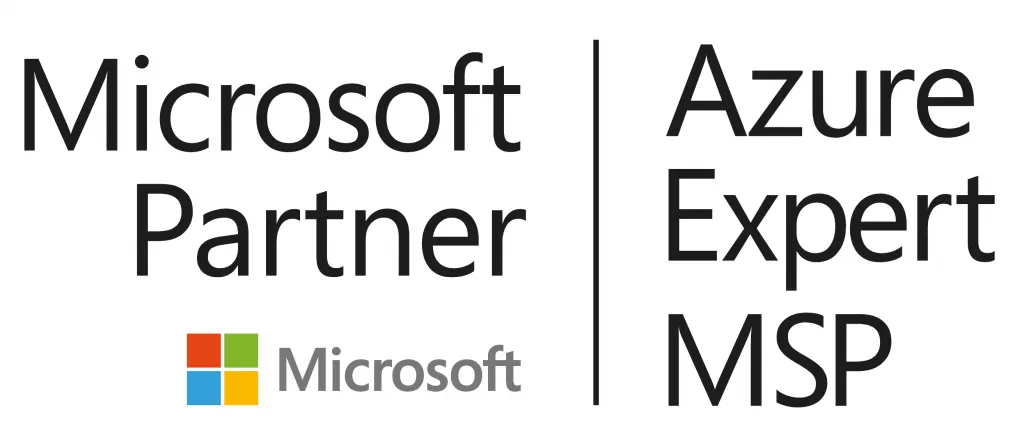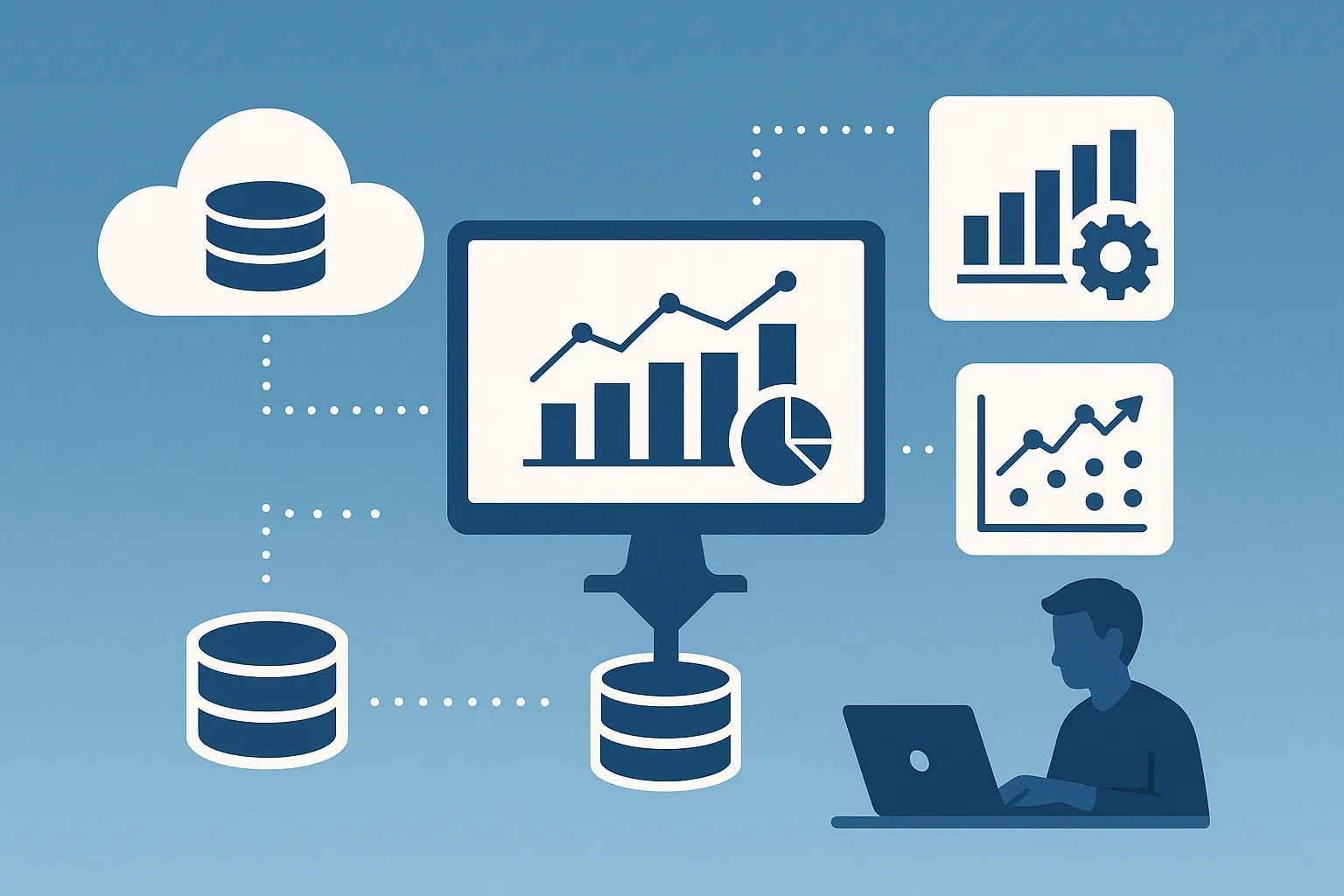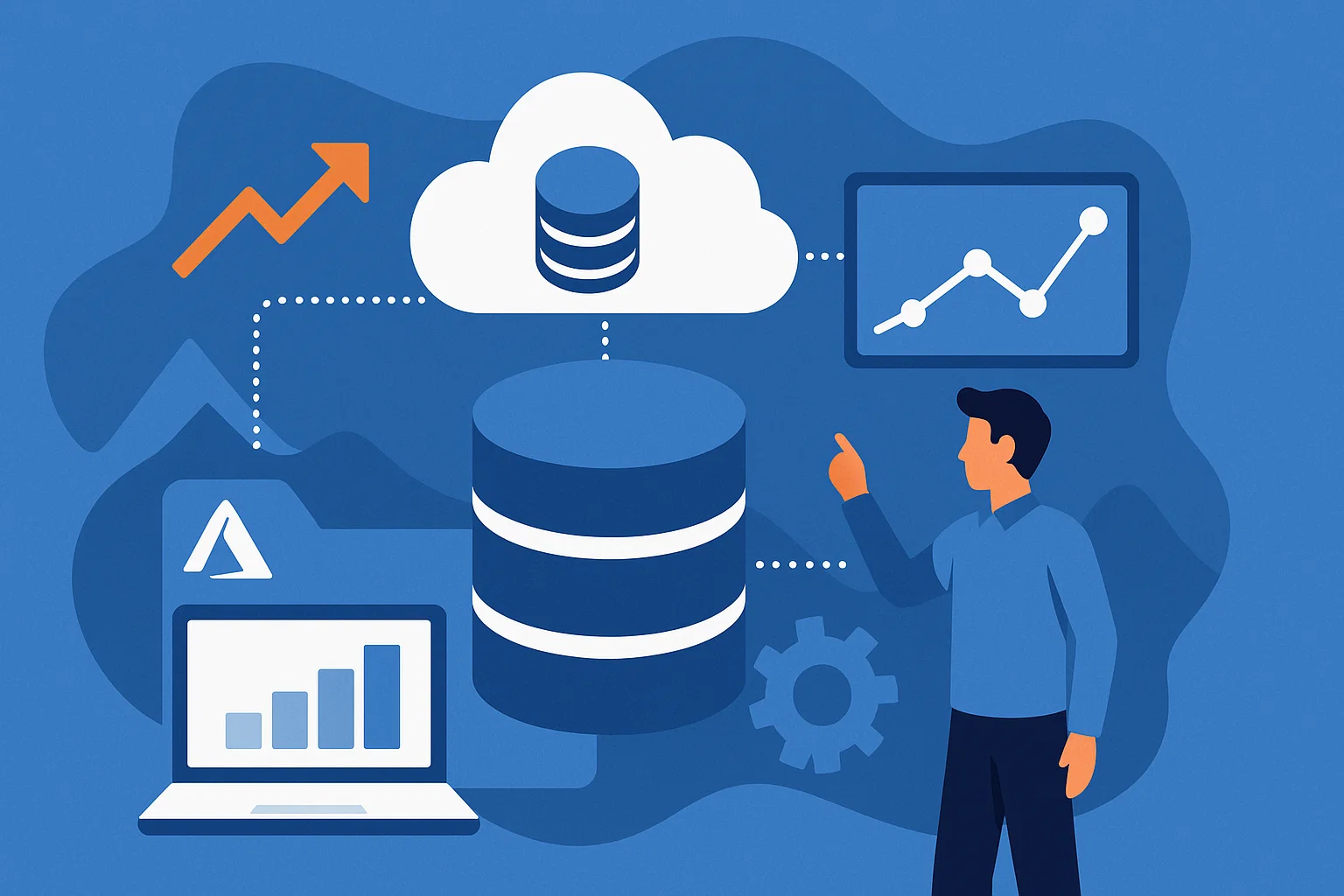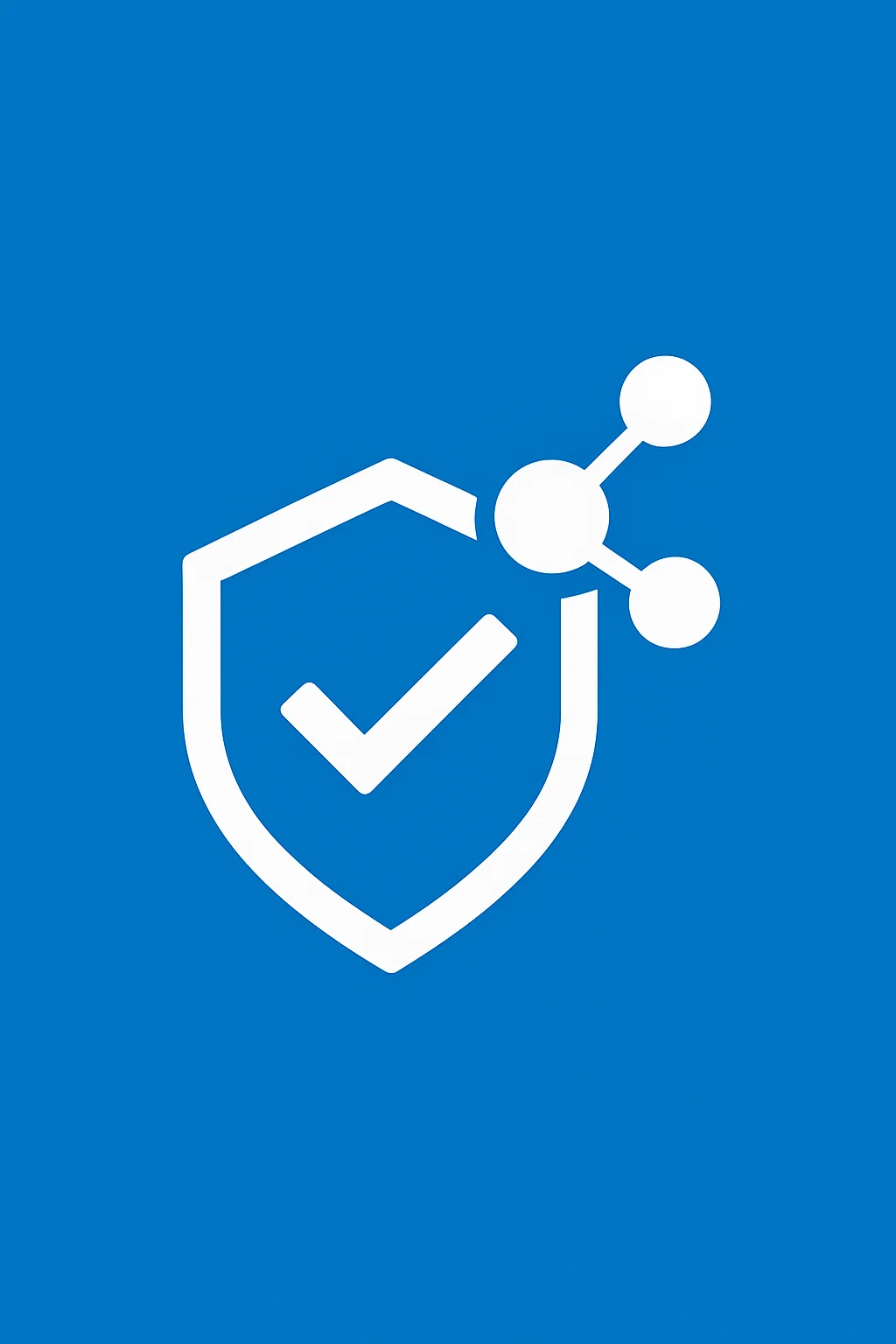Growing businesses today face mounting cybersecurity challenges that can disrupt operations and jeopardize long-term success. One day you’re reading about another high-profile data breach; the next, you’re questioning whether your own defenses are enough. The truth is, cybercriminals have become more organized and sophisticated, while many businesses still rely on outdated or basic protection.
Large enterprises have the advantage of dedicated security teams and multi-million-dollar budgets monitoring threats around the clock. But what about businesses that are thriving yet not quite ready to build a full-scale security operation? That’s where Managed Extended Detection and Response (MXDR) comes in—finally making enterprise-grade security accessible to the businesses that need it most.
Why Everything You’re Doing Right Now Probably Isn’t Enough
Traditional security measures like antivirus software and basic firewalls offer foundational protection, but they operate in silos and fall short against today’s sophisticated, multi-vector cyberattacks. It’s like stationing a guard at the front door while intruders test every window, backdoor, and hidden entrance in your digital environment.
Modern cybercriminals are no longer lone hackers—they’re organized, well-funded groups that specifically target small and mid-sized businesses. These organizations often hold valuable data and financial assets but lack the robust security infrastructure of larger enterprises, creating a vulnerability gap that attackers are quick to exploit.
Managed Extended Detection and Response (MXDR) fundamentally shifts this dynamic. Instead of relying on outdated, reactive tools, you gain a dedicated team of security experts proactively hunting for threats across your entire environment—network, endpoints, employee devices, cloud applications, and more. The moment suspicious activity occurs, they’re already responding, minimizing risk before damage is done.
What Happens When You Get MXDR
When you implement Managed Extended Detection and Response (MXDR), your entire business infrastructure is equipped with comprehensive, real-time security monitoring. Security experts set up data collection across all systems and devices, focusing on detecting patterns and anomalies that signal potential threats—without disrupting operations or compromising data privacy.

MXDR also features intelligent alert management that cuts through the noise. Instead of flooding your team with excessive notifications, it filters, prioritizes, and delivers only high-fidelity alerts—ensuring you’re informed of real, actionable security concerns that demand attention.
One of the greatest advantages of MXDR is its automated response capability. When malicious activity is detected, the system can instantly quarantine affected files or block unauthorized access attempts, delivering rapid containment and protection—even outside of business hours.
Beyond real-time defense, MXDR includes continuous optimization. Your security posture evolves with your business, as expert teams adapt protections to meet changing operational needs and stay ahead of emerging threats.
How This Saves You Money (And Sanity)
We get it—your first thought might be, “This sounds expensive.” But the reality is, MXDR is significantly more cost-effective than trying to build this level of security in-house. Consider the cost of hiring just one qualified cybersecurity professional—then multiply that by the full team you’d actually need, add the investment in tools and technologies, and factor in ongoing training and certifications to keep pace with evolving threats.
With MXDR, you gain access to a full team of seasoned security experts for a fraction of that cost. And these aren’t just generalists—they’re professionals who live and breathe cybersecurity. They’re proactively monitoring for threats you’ve likely never heard of—and ideally, never will.
At SNP Technologies Inc., we’ve seen firsthand how this model transforms businesses. Organizations that once struggled to keep up with even the basics now benefit from protection on par with large enterprises. Our Microsoft-verified MXDR solution combines industry-leading technology with proven expertise—ensuring you’re protected by tools and people that meet the highest standards.
What This Means for Your Day-to-Day Life
One of the greatest advantages of MXDR is how effortlessly it integrates into your existing operations. Your team isn’t overwhelmed by constant security alerts, your IT staff no longer has to investigate every suspicious email, and leadership can stay focused on strategic priorities instead of worrying about hidden network vulnerabilities.
With MXDR, your IT team can concentrate on initiatives that drive business growth, rather than spending their time reacting to threats. Employees can work without frustrating interruptions from security tools that slow down performance or mistakenly block legitimate sites.
And when it comes to compliance, MXDR simplifies the process. All the logging, monitoring, and reporting that auditors require is handled automatically—reducing audit stress and saving valuable time. Some businesses even see reduced cyber insurance premiums, thanks to the enhanced protection and accountability MXDR provides.
The Bottom Line
Cyber threats aren’t going away—and they’re certainly not getting easier to manage. The question isn’t if you’ll face a security challenge, but when—and whether you’ll be ready when it happens.
MXDR isn’t just about stronger security; it’s about peace of mind. It means knowing that a team of dedicated professionals is actively protecting your business around the clock, so you can stay focused on what you do best—without needing to become a cybersecurity expert yourself.
If you’re ready to stop worrying about cyber risks and start focusing on growing your business, SNP Technologies Inc. is here to help. Our MXDR services are designed to safeguard everything you’ve worked hard to build. Let’s have a real conversation about your security needs—and how we can help you sleep better at night, knowing your business is in trusted hands.




